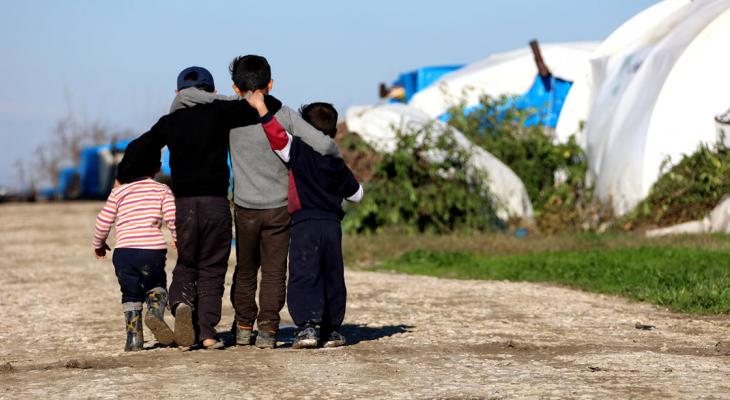Impact Evaluation of the No Lost Generation/Min Ila Cash Transfer Program for Syrian Refugees in Lebanon

Lebanon has one of the highest per-capita ratios of registered refugees in the world. Most of the 1.5 million displaced Syrians arrived with limited savings and have struggled to earn steady incomes to meet their families’ basic needs, such as food, health care, and shelter. These basic needs tend to require immediate attention, which means that Syrian families often forgo education and its long-term benefits in favor of short-term needs. This sudden influx of Syrian refugees has created an education crisis in Lebanon that affects Syrian and vulnerable Lebanese children. Efforts to address the crisis include introducing an afternoon shift in public Lebanese primary schools for displaced Syrian children—the so-called “second shift.”
AIR and the UNICEF Office of Research–Innocenti are leading an independent impact evaluation of Min Ila, a cash transfer program for displaced Syrian children in the governorates of Mount Lebanon and Akkar. Created by UNICEF Lebanon in partnership with the World Food Programme and in cooperation with the Lebanese Ministry of Education and Higher Education, the program is designed to address the income-related barrier to school attendance alongside existing interventions addressing non-income constraints.
Syrian children aged 5 to 9 years old who live in the Mount Lebanon and Akkar governorates and are enrolled in a second shift school receive a basic monthly education transfer of 20 USD to cover a portion of the indirect costs of going to school, such as school snacks, transportation, and appropriate clothing and shoes. Syrian children aged 10 years and older who are enrolled in a second shift school receive a larger monthly education transfer of 65 USD, which factors in the higher monthly earnings of a working child in this age group.
The education transfers continue for the duration of the school year, and payments are made every month on an ATM card. While no conditions must be met in order to receive the cash, school attendance is monitored and follow-ups (via household visits) are scheduled if children do not attend school regularly. The purpose of these visits is to (1) record reasons for dropout and (2) refer households to existing complementary services to help children back into school.

